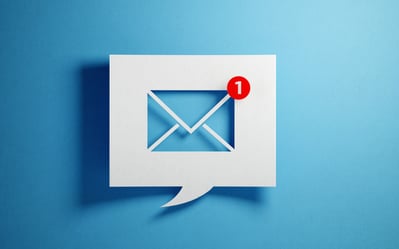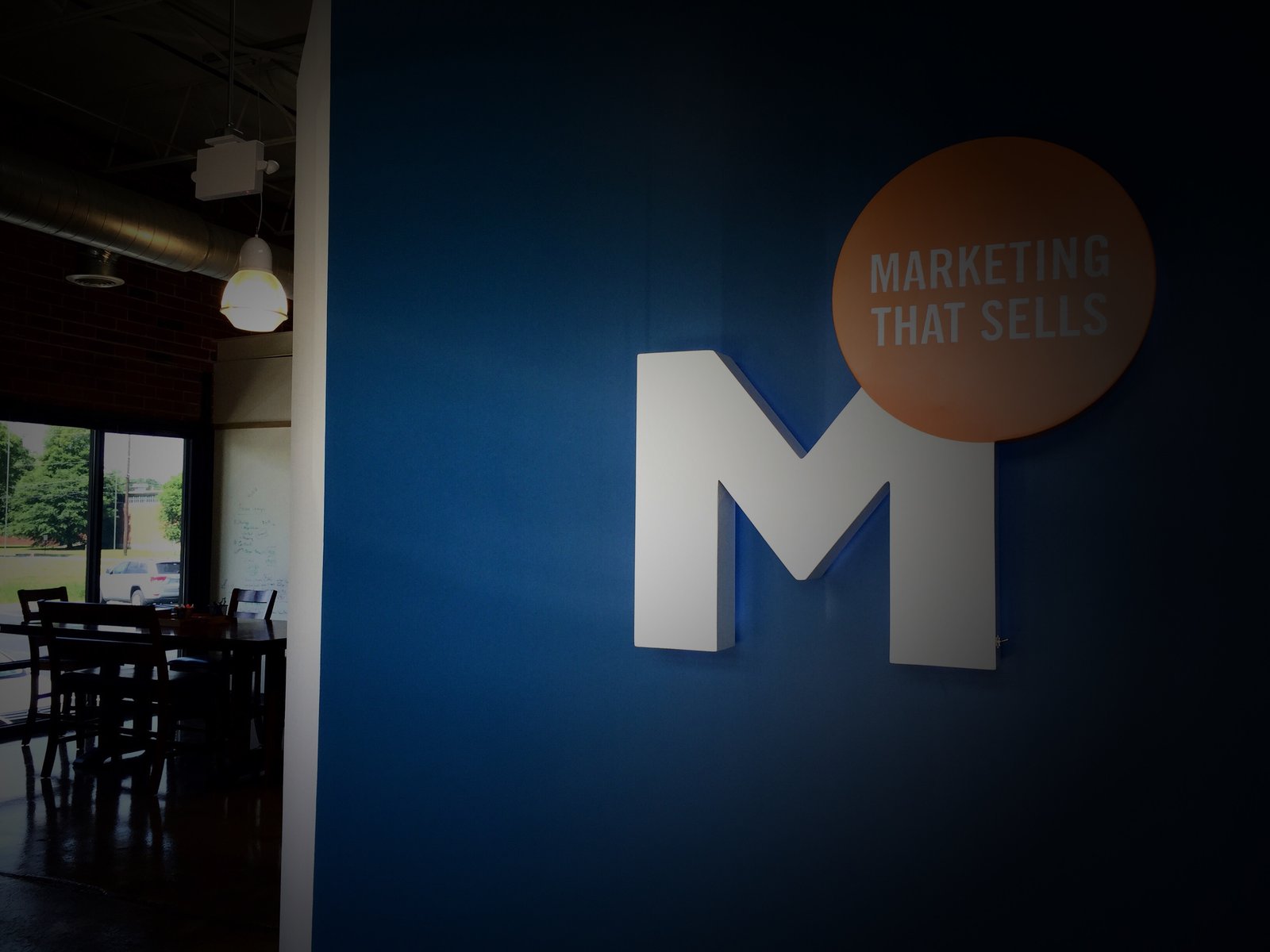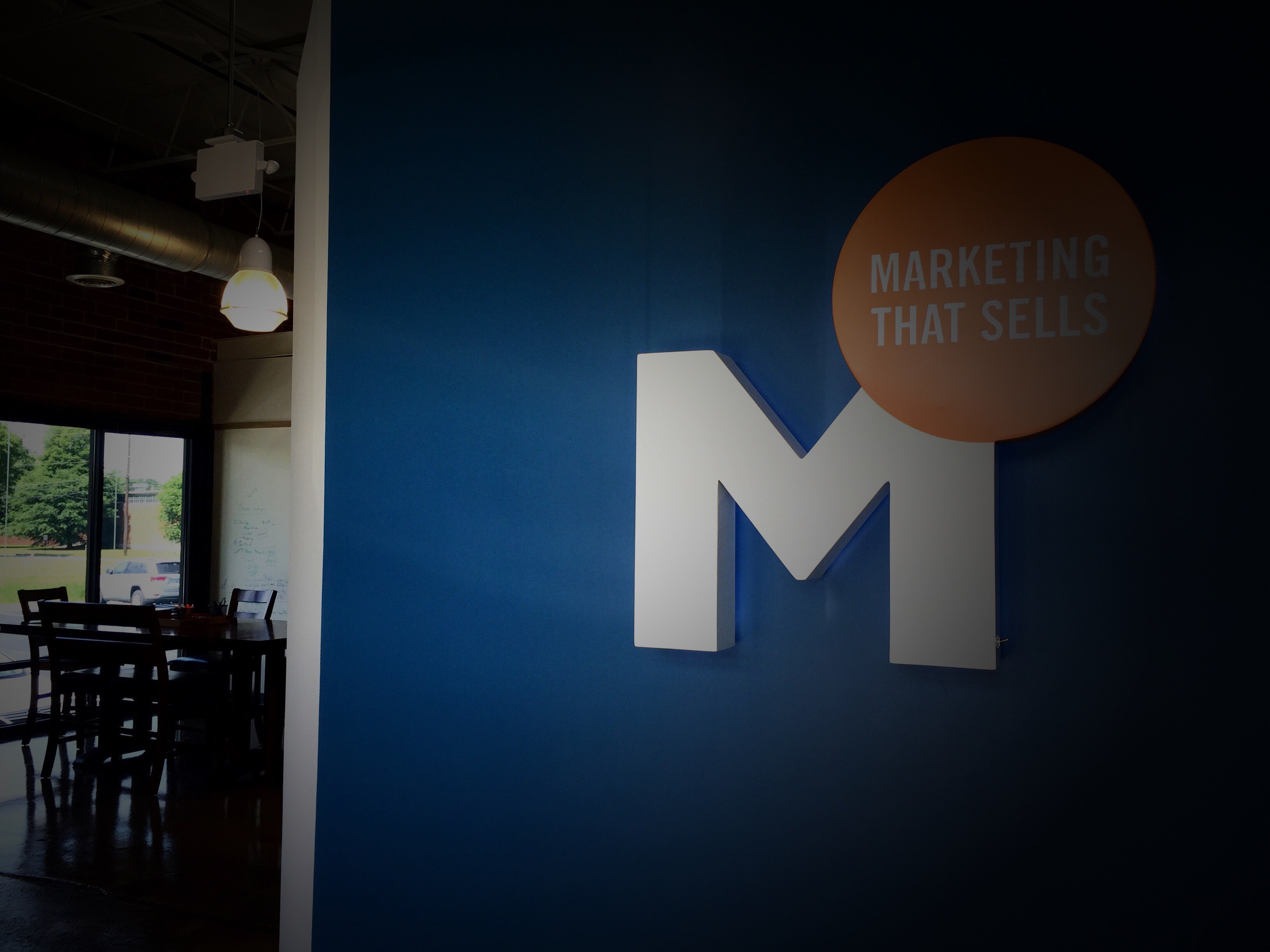 Email is still the cornerstone of any sound digital marketing strategy. It generates $38 for every dollar spent, accounting for a 3,000% ROI. Yet most emails go unread or unopened. Some never even see the light of day due to spam filters or because the person receiving it simply was not interested.
Email is still the cornerstone of any sound digital marketing strategy. It generates $38 for every dollar spent, accounting for a 3,000% ROI. Yet most emails go unread or unopened. Some never even see the light of day due to spam filters or because the person receiving it simply was not interested.
But knowing that approximately 281 billion emails are sent every day, how do you get your emails to stand out instead of being rejected as dull background noise? Your first thought may be to optimize your email copy or subject lines, yet you might be forgetting about one crucial element – design.
Designing a B2B email can get tricky. Not only are you trying to capture your audience’s attention, but you also have to navigate the murky waters of email client rendering and deliverability. Luckily, you’ll be able to bypass these roadblocks with these six B2B email design best practices.
Why Email Design is Important
You’re probably wondering what role design plays in increasing email engagement rates. The reason for its importance is quite simple. We all live in a content-heavy environment where people have limited time and attention spans. A well-designed email helps them quickly understand your message while guiding them to your desired goal.
More importantly, a well-designed email ensures a frictionless and consistent brand experience that builds trust and a lasting impression. Here’s why: There are multiple channels available for your audience to engage with you, but having a consistent email design that speaks to your brand ensures that your audience knows that while the channel has changed, the brand/conversation hasn’t.
6 Email Design Best Practices
Define Your Goal
Whether you’re designing your own email or purchasing a template, the most important thing you’ll want to do is to define your goal. Are you trying to promote a new webinar or let your audience know of a new product offering? Depending on what you are trying to achieve, the goal for your email will determine the layout and design elements you use. By defining your goals, you’re creating a roadmap for what will best guide your audience to your target goal – more opens and click-through rates (CTR).
Outline Your Email Structure
With your goals defined, you can now move to creating or selecting the best email structure to help you effectively and clearly deliver your message to your audience. A good rule of thumb is to sketch out your email structure. This will help you visualize what content needs to be highlighted. Your audience will likely scan your email to determine if they want to dig deeper or not, so knowing what to emphasize is vital. Encourage your reader to engage with your business by creating a clear, easy path to your goal.
Keep it Simple
The best-designed emails are simple and concise. They focus on one idea or theme, and every design choice strengthens the main message. While you may be tempted to use multiple font sizes, colors, and images, know that this will only detract from your messaging. Your audience may get confused and not know what you’re trying to say, resulting in unsubscribes and decreasing open rates.
To make it easy on you, lean into your brand when deciding what elements you’re going to use. Plus, this will ensure that you’re delivering a consistent experience for your audience. When using text, pair the font size to the information’s importance. This allows the reader to skip over things they don’t care about and find what they want effortlessly. The intent here is to match your email design to the message you want to convey while properly reflecting your brand voice and tone.
If the Image Doesn’t Help, Throw it Out
We mentioned images in the section above, but imagery definitely deserves its own section. If you do a quick search on email templates, you’ll note that most rely heavily on images. And that’s great! Images can be a perfect way to make an immediate impression that also makes you memorable. When selecting imagery, ask yourself if the message of your email is clear without using a distracting image. If it is, then it should be deleted.
You’ll also want to factor in that many email clients don’t render images automatically. Email clients, like Outlook, usually require the reader to permit the image to appear, so you’re not doing yourself any favors --unless the image makes your message 10 times more powerful. It’s best to avoid complex images that slow down your reader’s loading speed and increase your unsubscribe rate.
Simplicity helps your email render the same for different email platforms despite their different rules for filtering out styles.
Let Your Email Design Breathe
We get it. You want to fill every space with information about how great your product, service, or content offer is. But again, the aim of email design is to make the information quick and easy to digest. If you’re squeezing everything into a tight space, you're doing yourself a disservice.
At Marsden, we use the word breathe to determine if an image or call-to-action (CTA) needs space to stand out. When the important parts of your email fail to stand out, they can’t breathe. This leads to the reader skipping over it or closing your email without hesitation. Instead of cramming in one more thing, try increasing the space around the important parts of your emails – just enough space to let the reader know that it requires unique attention.
Think of the User Experience
On average, emails should be 600-800 pixels wide. This is the industry standard for email dimensions that works well across many email clients. But let’s not kid ourselves. These dimensions were established with desktops in mind and most people today access emails via their mobile device.
As you go about building your emails, you want to keep in mind how the elements will be displayed across multiple devices. According to Mailchimp, leveraging grid-based layers and avoiding complicated elements will ensure the integrity of your design and messaging regardless of the email client. A habit you may want to develop is regularly tracking any update or changes published by top email clients on their websites.
You can make beautiful emails that connect to prospects. Start by making them beautifully simple. The next time you analyze your email engagement metrics (click-through-rate, bounce rate, open rates, etc.), you’ll see that these powerful B2B email design best practices have enabled to cut through the clutter and build stronger relationships with your target audience.
Want more B2B email marketing content?
Check out this email testing cheat sheet for better digital campaigns.





